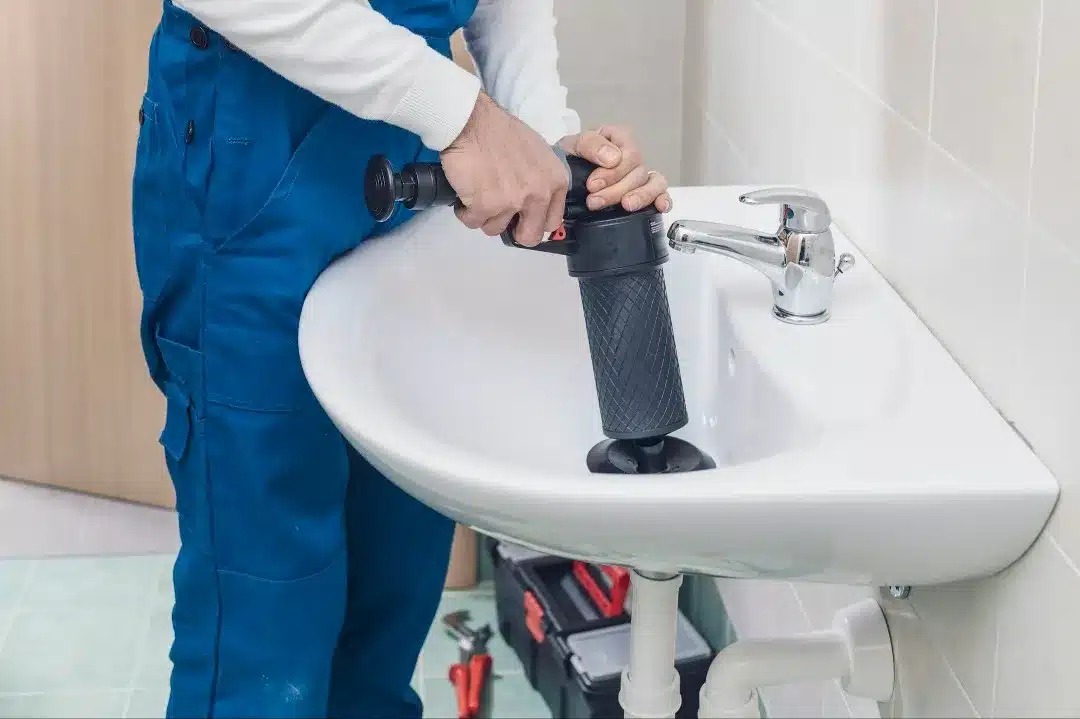MON-FRI / 7:00 AM - 5 PM
Clogs and slow draining drains are among the most common plumbing problems homeowners face. These issues can be more than just a minor inconvenience; if left unaddressed, they can lead to significant damage to your plumbing system. In this blog post, we’ll explore the causes of clogs and slow draining drains, discuss effective solutions, and offer tips on how to prevent these problems in the future.

Hair and Soap Scum: Hair is a primary cause of clogs, especially in bathroom drains. When combined with soap scum, it can create a sticky residue that traps other debris, eventually leading to a blockage.
Grease and Food Particles: In kitchen sinks, grease and food particles are the usual suspects. Grease can solidify as it cools, sticking to the walls of your pipes. Over time, this can create a stubborn clog that’s difficult to remove.
Foreign Objects: Items like cotton swabs, dental floss, and even small toys can accidentally find their way into drains, causing blockages. These objects can become lodged in the pipes, obstructing the flow of water.
Mineral Buildup: Hard water can leave behind mineral deposits that accumulate inside your pipes. This buildup can narrow the diameter of the pipes, reducing water flow and eventually leading to slow drainage.
Addressing clogs and slow draining drains promptly is crucial to maintaining a healthy plumbing system. Here are some effective solutions:
Plunging: A plunger is a simple yet effective tool for clearing minor clogs in sinks, toilets, and tubs. By creating suction, it can help dislodge the blockage and restore proper water flow.
Drain Snake (Auger): For more stubborn clogs, a drain snake can be used. This tool is inserted into the drain and manually twisted to break up and remove the obstruction.
Chemical Drain Cleaners: While chemical drain cleaners can be effective, they should be used with caution. These products can be harsh on your pipes and may cause damage if used frequently. Opt for enzyme-based cleaners as a safer alternative.
Professional Plumbing Services: If the clog is severe or persistent, it’s best to call a professional plumber. They have the expertise and equipment to safely and effectively clear the blockage without damaging your pipes.
Preventing clogs and slow draining drains is much easier than dealing with them after they occur. Here are some tips to help you keep your drains flowing smoothly:
Use Drain Guards: Install drain guards or strainers in your sinks and showers to catch hair, food particles, and other debris before they enter the pipes.
Avoid Pouring Grease Down the Drain: Instead of pouring grease down the drain, let it cool and dispose of it in the trash. This will prevent it from solidifying in your pipes and causing clogs.
Regularly Clean Your Drains: Periodically flush your drains with hot water and a mixture of baking soda and vinegar to help break down any buildup and keep your pipes clear. Also invest in a cheap hair snake like this one from Walmart to use periodically.
Be Mindful of What You Flush: Only flush toilet paper and human waste down the toilet. Avoid flushing items like wipes, feminine hygiene products, and other non-biodegradable materials. (we also do not really recommend using those “flushable wipes,” as we have seen many times the clogs they create.)
Clogs and slow draining drains are common plumbing problems that can often be prevented with a little care and maintenance. By understanding the causes, using effective solutions, and following the prevention tips mentioned above, you can keep your plumbing system in good working order and avoid costly repairs.
For more information on maintaining your plumbing system, visit This Old House’s Guide to Clearing Clogs and the EPA’s Home Water Quality Guide.

Pro Flow Plumbing Solutions offers top-quality residential plumbing and emergency services. Licensed, insured, & experienced in all aspects of residential plumbing.
© Pro Flow Plumbing 2024. All Rights Reserved.
This site uses cookies to enhance your browsing experience. By continuing to use this site, you consent to our use of cookies. For more information on how we use cookies and how you can control them, please read our privacy policy